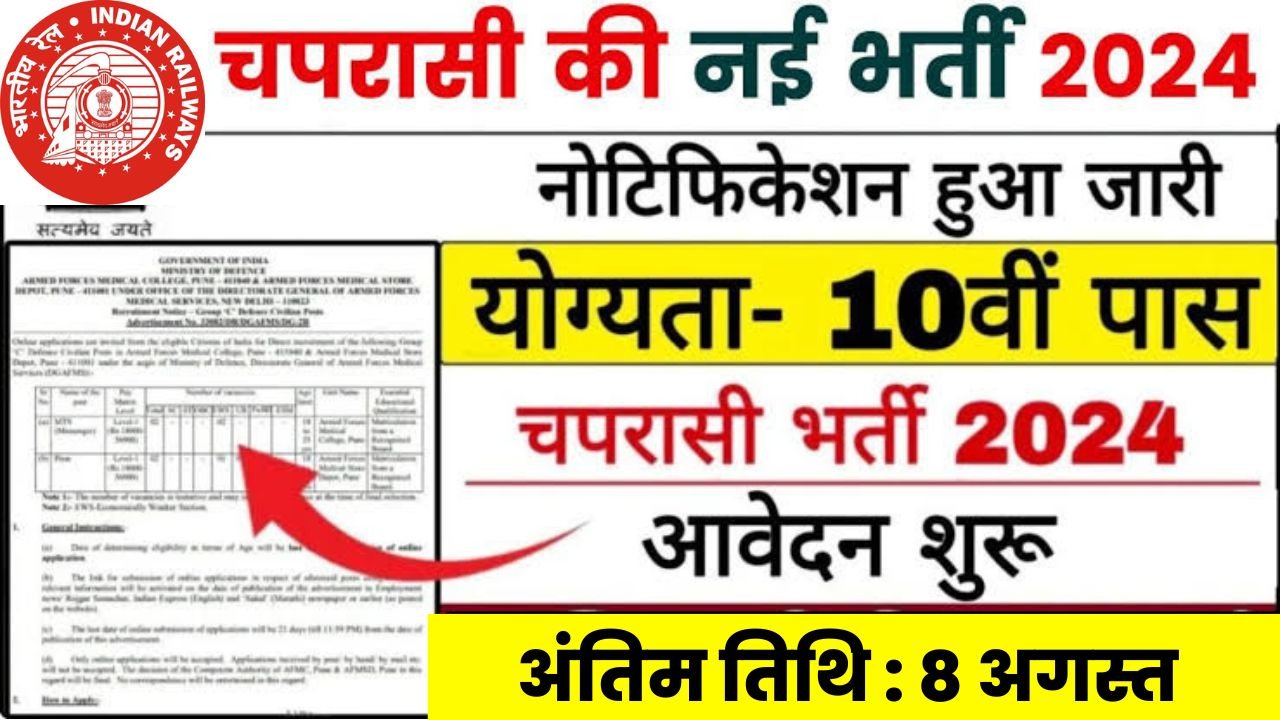How to Qualify for a Mortgage with a Low Credit Score
Securing a mortgage can be a challenging feat, especially if your credit score isn’t exactly where you’d like it to be. While a low credit score can complicate the process, it doesn’t mean homeownership is out of reach. With the right strategies and a bit of perseverance, you can improve your chances of qualifying for a mortgage. Here’s a practical guide on how to navigate the mortgage application process with a lower credit score.
Investing in stocks has never been easier, especially for beginners looking to build wealth from their smartphones. The right stock investment apps simplify trading, offer educational resources, and provide tools to help new investors make confident decisions. Here’s a look at some of the top investment apps perfect for beginners in 2024.
vestment apps perfect for beginners in 2024.
Understand Your Credit Score
Before you dive into mortgage applications, it’s crucial to understand where you stand. Your credit score reflects your creditworthiness, impacting the interest rates and loan terms you might qualify for. Generally, a score below 620 is considered low, but the exact cutoff can vary by lender. Check your credit report for any inaccuracies or outdated information that might be dragging down your score. Dispute any errors and take note of areas where improvement is needed.
Qualifying for a mortgage with a low credit score is challenging but not impossible. Many lenders have programs tailored to assist people with lower credit scores in buying a home. Here’s a guide on how you might qualify for a mortgage with a low credit score:
1. Know Your Credit Score and History
- Obtain a copy of your credit report to understand your score and identify any errors or areas you might be able to improve.
- Checking your credit report also gives you a sense of what lenders will see, so you’re not caught off guard.
2. Consider Government-Backed Loans
- FHA Loans: Backed by the Federal Housing Administration, these loans are specifically designed for buyers with lower credit scores. FHA loans typically require a minimum credit score of 580 for a 3.5% down payment, or 500-579 if you can put down 10%.
- VA Loans: Available to veterans, active military members, and their families, VA loans have no specific credit score minimum, though most lenders look for around 580-620.
- USDA Loans: Backed by the U.S. Department of Agriculture, these loans are for rural or low-income borrowers. They usually require a minimum score of 640, but there may be options for lower scores with specific lenders.
3. Offer a Larger Down Payment
- A larger down payment can reduce the lender’s risk, which may make them more likely to approve a loan, even with a lower credit score. Generally, a down payment of 20% or more shows financial stability.
4. Reduce Your Debt-to-Income (DTI) Ratio
- Lenders look closely at how much debt you carry relative to your income. Aim to reduce your DTI by paying down existing debts, which can also improve your credit score slightly and improve your approval odds.
5. Look for Subprime Mortgage Lenders
- Some lenders specialize in subprime mortgages for borrowers with low credit. However, these often come with higher interest rates and stricter terms, so be sure to shop around.
6. Get a Co-Signer
- A co-signer with a higher credit score can help you qualify, as lenders consider the co-signer’s creditworthiness in the approval process. However, this person will be legally responsible for the mortgage if you can’t make the payments, so this is a big decision.
7. Consider a Higher Interest Rate Mortgage
- Accepting a higher interest rate in exchange for a mortgage approval can help you get started. You can potentially refinance to a lower rate later once your credit improves.
8. Work with a Mortgage Broker
- A mortgage broker can help you find lenders willing to work with low-credit-score borrowers and guide you through the options that best suit your situation.
9. Improve Your Credit Before Applying
- If possible, take a few months to improve your credit score by:
- Paying down credit card balances.
- Avoiding new credit applications.
- Ensuring you make all payments on time.
- Even a small improvement can help you qualify for a better mortgage deal.
10. Shop Around for the Right Lender
- Some lenders are more flexible than others. Getting quotes from multiple lenders can help you find one more likely to work with you, even with a low credit score.
Applying with a low credit score can lead to higher rates, so it’s essential to weigh the benefits and costs carefully.
Provide Additional Documentation
When applying for a mortgage with a low credit score, providing additional documentation can strengthen your application. Lenders may be more inclined to overlook a lower credit score if you can demonstrate financial stability through:
- Stable Income: Show proof of consistent income, such as pay stubs, tax returns, or bank statements.
- Proof of Assets: Provide evidence of savings or other assets that indicate you have the means to manage mortgage payments.
- Explanations for Credit Issues: If there are specific reasons for your low credit score (e.g., medical emergencies or job loss), provide a written explanation to offer context.
Conclusion
Qualifying for a mortgage with a low credit score may present challenges, but it’s not an impossible task. By understanding your credit situation, taking steps to improve your score, exploring government-backed loans, saving for a larger down payment, considering a co-signer, and working with a mortgage broker, you can enhance your chances of homeownership. With determination and the right strategies, you can overcome the hurdles of a low credit score and move one step closer to your dream home.








